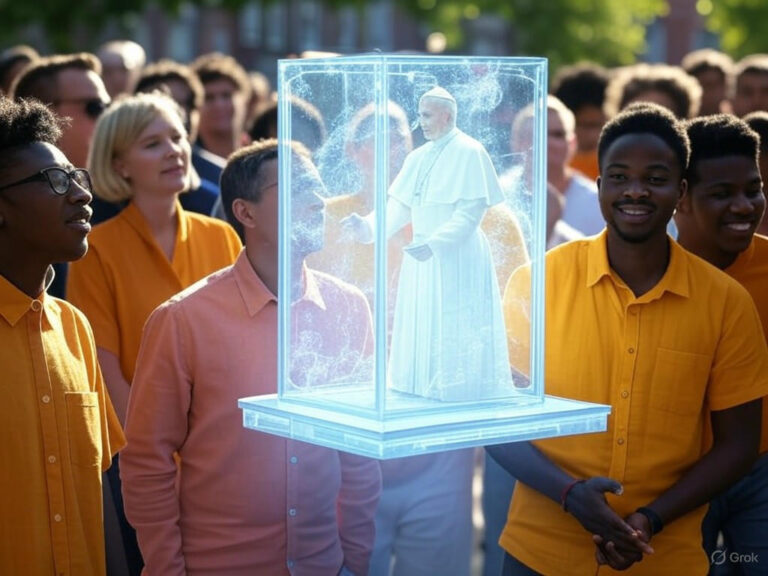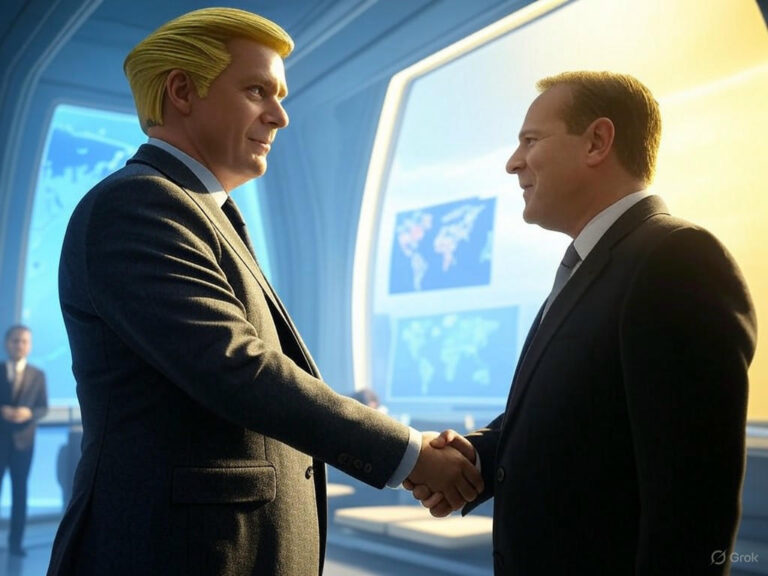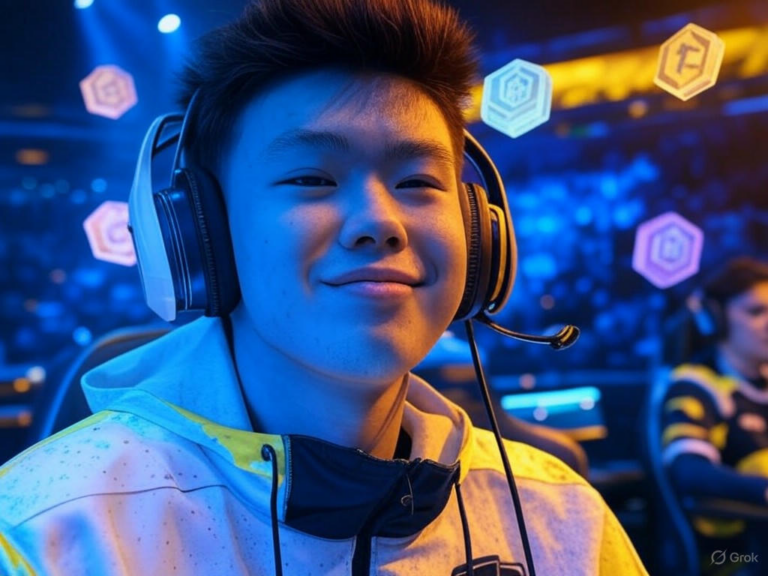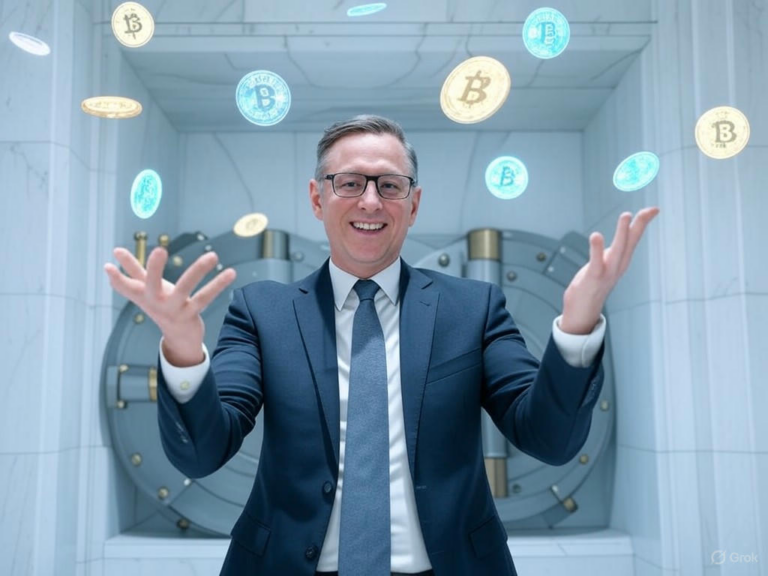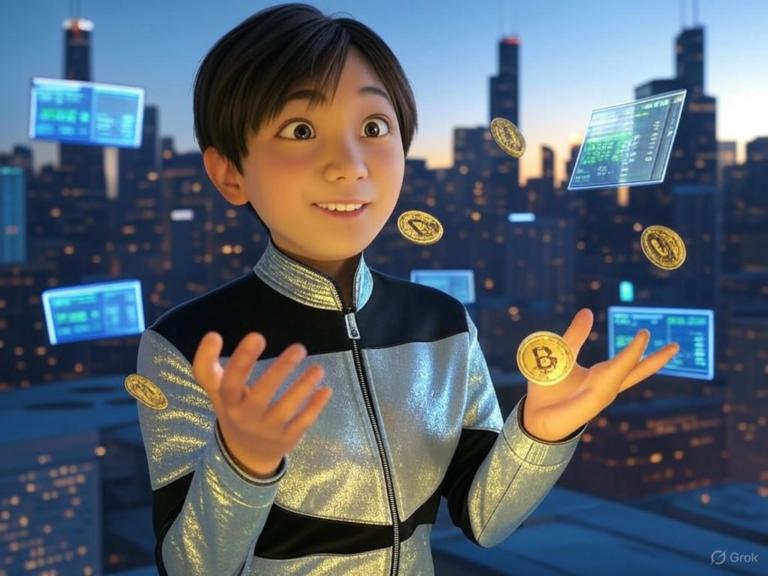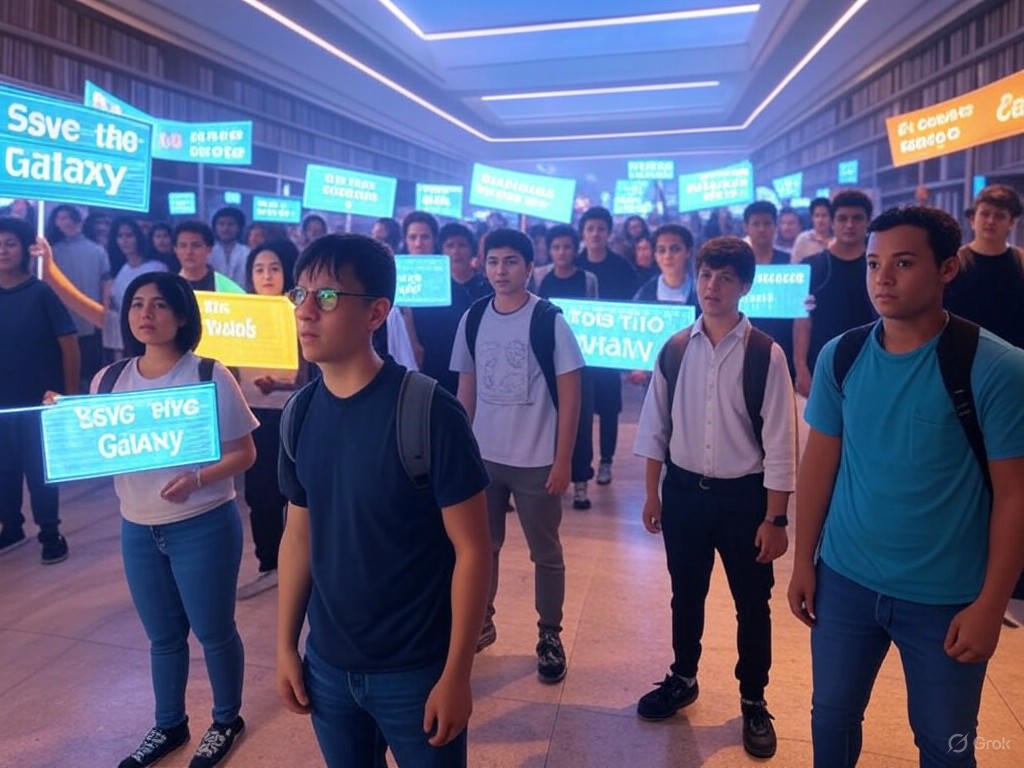
Columbia University Protests Escalate with NYPD Arrests of Pro-Palestinian Demonstrators
Introduction
Have you ever wondered how a single campus event can ripple across the country? At Columbia University, recent Columbia University Protests over pro-Palestinian causes have done just that, drawing in the NYPD and igniting fierce discussions on free speech versus public order. Let’s dive into the details of this intense standoff at the heart of one of America’s top institutions.
Background: The Rise of Columbia University Protests and Nationwide Solidarity
The Columbia University Protests didn’t emerge overnight; they’re deeply tied to ongoing global tensions, particularly the Israel-Hamas conflict. Students have been pushing hard for the university to sever ties with entities supporting military actions in Gaza, turning Columbia into a flashpoint for activism. This wave echoes protests from last year, where similar demands for divestment put the spotlight on institutional accountability.
Imagine you’re a student seeing friends mobilize, knowing that actions here could inspire campuses everywhere. Across the U.S., universities like Harvard and UCLA have seen parallel demonstrations, showing how one movement can spread like wildfire. Groups like “Columbia University Apartheid Divest” have formed, rallying for immediate changes and putting pressure on leaders amid threats from federal authorities over alleged antisemitism issues. It’s a reminder that Columbia University Protests aren’t isolated—they’re part of a larger conversation about ethics and education.
Escalation of Columbia University Protests at Butler Library
Things heated up quickly when pro-Palestinian demonstrators took over Columbia’s Butler Library during finals week—a time when stress is already high for students cramming for exams. Protesters occupied the main reading room, ignoring requests from university officials to leave or identify themselves, which disrupted everything from quiet study sessions to scheduled classes.
This wasn’t just a minor inconvenience; it raised serious questions about balancing activism with daily life on campus. For instance, what happens when protests interfere with education? Demonstrators chanted slogans, waved banners like “Strike for Gaza,” and even caused some damage, drawing sharp criticism. University safety teams cited concerns over outsiders joining the crowd and potential hazards, leading to an urgent call for NYPD backup.
Key Details from the Columbia University Protests Scene
Videos circulating online showed masked protesters climbing on tables, pounding drums, and creating a chaotic atmosphere inside the library—scenes that quickly went viral. A fire alarm went off, and emergency responders had to step in, helping those who got hurt in the fray. Yet, in a moment of humanity, non-protesters were safely escorted out, highlighting the complex emotions at play. If you’ve followed similar events, you know how these details can shape public opinion on Columbia University Protests.
NYPD Response During Columbia University Protests
When the situation at Butler Library spun out of control, Columbia’s administration didn’t hesitate to involve the NYPD, resulting in mass arrests that marked a dramatic peak in the Columbia University Protests. Officials estimated 40 to 75 people were detained, making it one of the largest crackdowns on campus in recent memory. Those who wouldn’t disperse were handcuffed and led away, with some arrests involving individuals not even affiliated with the university.
It’s easy to picture the tension: officers moving in while protesters stood their ground. Two public safety officers ended up injured, underscoring the physical risks involved. Acting President Claire Shipman explained the decision as a necessary step to protect the community from what she described as an unsafe, unmanaged gathering. This response not only quelled the immediate chaos but also fueled ongoing debates about how far authorities should go in handling campus unrest.
University and City Leadership’s Take on Columbia University Protests
Reactions from Columbia’s leaders and New York City officials painted a picture of careful balance. Acting President Shipman was clear: “Disruptions to our academic activities will not be tolerated,” emphasizing a zero-tolerance stance on hate and violence. Her words echoed the broader challenge of supporting peaceful protest while maintaining safety.
Mayor Eric Adams reinforced this, stating that while New York values free expression, it won’t stand for lawlessness—especially when it affects students feeling targeted. This incident has prompted discussions on protecting vulnerable groups, like Jewish students who’ve voiced fears amid the protests. If you’re thinking about how these statements influence policy, consider how they might set precedents for future Columbia University Protests.
Analysis: Impact and Reactions from Columbia University Protests
Student and Community Perspectives on the Protests
How do you feel when your campus turns into a battleground? Many Columbia students shared stories of fear and frustration, particularly during finals, where protests disrupted their focus and raised safety concerns. On the other hand, organizers argued that these disruptions were essential to highlight what they see as the university’s role in global issues, turning Columbia University Protests into a platform for urgent voices.
It’s a tough spot—balancing personal rights with collective well-being. Some students formed support networks, sharing tips on navigating the tension, like attending safe spaces or engaging in constructive dialogue. This human element reminds us that behind the headlines are real people grappling with big questions.
Political and Institutional Dimensions of Columbia University Protests
Delving deeper, these events have reopened debates on academic freedom and the boundaries of activism. Federal scrutiny, including potential funding cuts and arrests of protest leaders, adds layers of complexity that could reshape university policies. For example, Columbia’s new measures promise swift action against unauthorized gatherings, potentially changing how protests unfold moving forward. Think about it: Could this lead to more structured ways for students to voice concerns without escalating to arrests?
Looking Ahead: Future of Campus Policy Amid Columbia University Protests
As Columbia tightens security with more patrols and clearer protest guidelines, the focus shifts to preventing repeats of these intense events. Officials are emphasizing rapid responses to any encampments, but activists are adapting, building alliances to keep the pressure on for divestment. This ongoing evolution raises an intriguing question: What innovative strategies might emerge from Columbia University Protests to bridge divides?
If you’re involved in campus life, consider how sharing resources or organizing peaceful forums could make a difference. For instance, student groups are now exploring digital campaigns to amplify their message, turning protests into sustained conversations rather than isolated incidents.
Conclusion
The Columbia University Protests have undeniably left a mark, challenging institutions to rethink how they handle activism in an era of rapid change. As we reflect on the arrests and responses, it’s clear these events are more than news—they’re calls to action for better dialogue and policies. What’s your take on balancing free speech with safety? Share your thoughts in the comments below, and explore more on campus issues through our related articles.
If this story resonates, I encourage you to dive into discussions with friends or join local advocacy groups—small steps can lead to big shifts. Thanks for reading; let’s keep the conversation going.
References
- Protesters at Columbia Reading Room, Columbia Spectator
- Columbia University Protest Arrests, Axios
- International Coverage of Protests, Jerusalem Post
- NYPD Response at Columbia, Columbia Spectator
- Pro-Palestinian Protests Disrupt University, ABC7 NY
- Demonstration at Columbia Library, CBS News
- Video Coverage of Protests, YouTube
- Columbia’s Vow on Future Encampments, Higher Ed Dive

